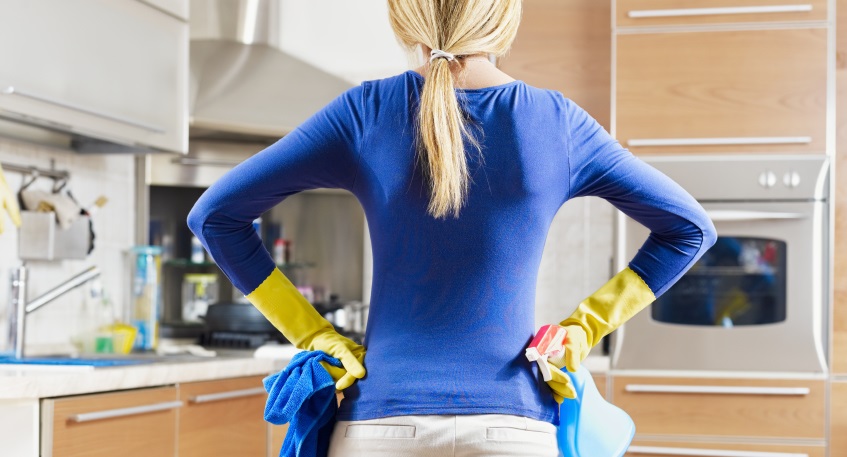You’d think that the bathroom is the best breeding ground for germs, and you’re not alone – it is a toss-up. Some believe that the bathroom is the home’s most germ-infested room, but others say that it is rivaled by the kitchen.
Yes, the kitchen. Where all of the food that you eat comes from.
Germs lurk in every corner of the kitchen. Worse, the kitchen is full of moist places for the germs to multiply and spread nastiness like E. coli and salmonella into your food.
Don’t panic yet! You don’t need to subsist on microwave meals for the rest of your life. Just tackle these common trouble spots to keep your kitchen hygienic and your food safe.
Trouble spot #1: the sponge
Your friendly kitchen sponge that you use to wash your dishes is swarming with bacteria – so those clean dishes may not be so clean after all.
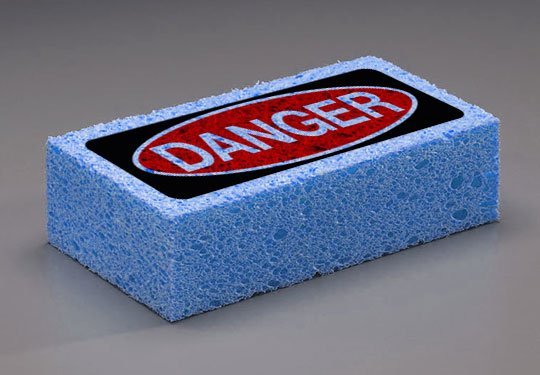
The fix
This one is easy. Put your sponge in the dishwasher or zap it in the microwave on high for 30 seconds (do NOT do this with any sponge that contains metal) at least once weekly. Alternatively, you can soak it in water with a teaspoon of bleach. Make sure to replace your sponges regularly as soon as they start showing wear.
Trouble spot #2: towels and rags
The towel that you’re using to dry your dishes? It probably has more germs than a toilet seat, plus microscopic raw meat or egg drippings. And the rag that you just used to wipe up a spill now contains bacteria that can make you sick.
The fix
Make sure to wash your towels and rags with hot water (add bleach for extra disinfecting power). Toss them into a laundry basket as soon as they get wet or dirty. Better yet: ditch the rags and replace them with paper towels.
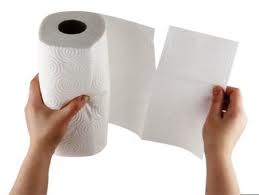
Trouble spot #3: the faucet
You touch it (and the soap dispenser) when your hands are at their grimiest. Food particles splash back onto the spout when you’re washing dishes or rinsing chicken.
The fix
Disinfect your faucet at least once daily using a kitchen disinfectant (vinegar and lemon juice won’t do the job). If you prefer to spend less time cleaning, invest in a touch-free faucet (or at least a single-lever faucet that can be operated with your forearm when necessary).
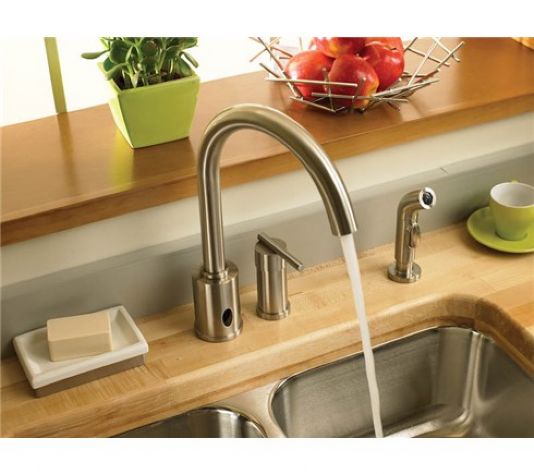
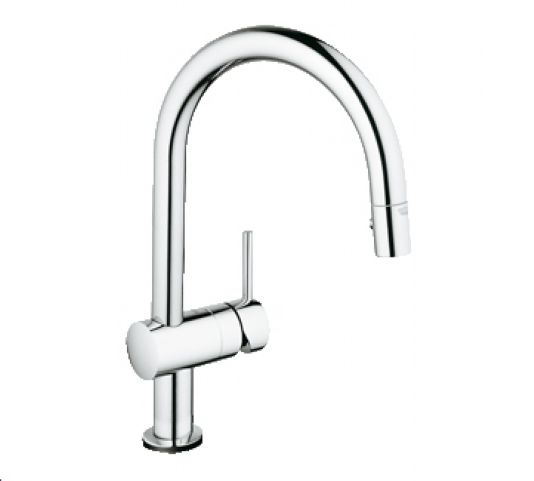
Trouble spot #4: the sink
After you wash your steaks in there, the germs just wash down the drain, right?
Not quite. Bacteria gathers at the drain opening and seam and thrive all over your sink.
The fix
Clean your sink with a kitchen-grade disinfectant at the end of every day and after handling raw meat and other bacteria-laden foods. Some sinks, like those with the Elkay perfect drain, eliminates the drain gap so that germs have fewer places to gather.
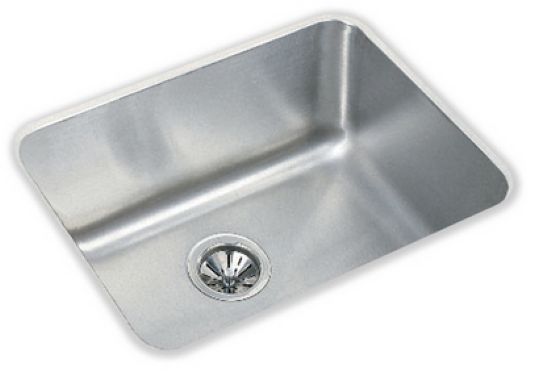
Trouble spot #5: the cutting board
You cut up raw salmon on it, then washed it thoroughly and chopped a salad. You probably don’t realize it, but your salad still has fish germs on it.
The fix
If possible, disinfect cutting boards after every bacteria-laden use. If that’s not practical, use separate cutting boards for different types of food. Make sure to replace boards when their surface is nicked – germs love those knife marks.
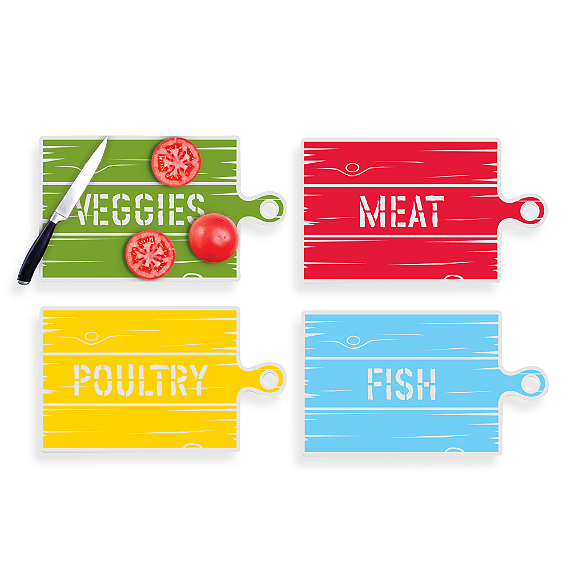
Trouble spot #6: all surfaces
…especially counter tops, refrigerator shelves, stove top, and cabinet doors that you tend to touch while cooking.
The fix
Sanitize your surfaces with kitchen disinfectant between uses (that cake batter that you smeared on a drawer front has raw eggs in it!) or at least once daily.
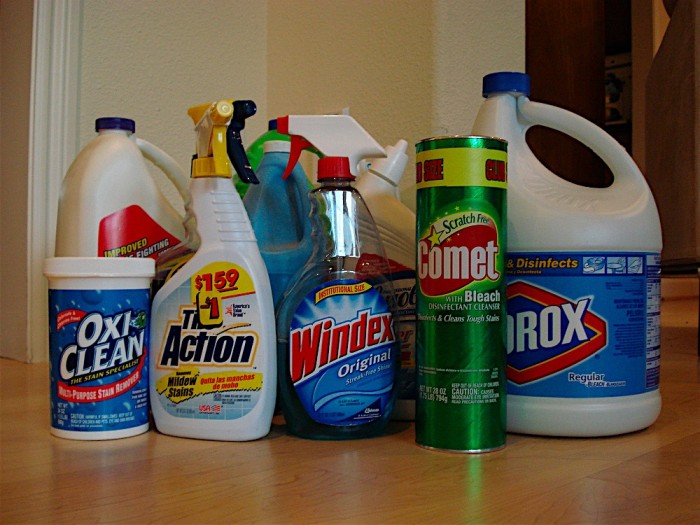
Tell us: how do you keep the kitchen germs away?

